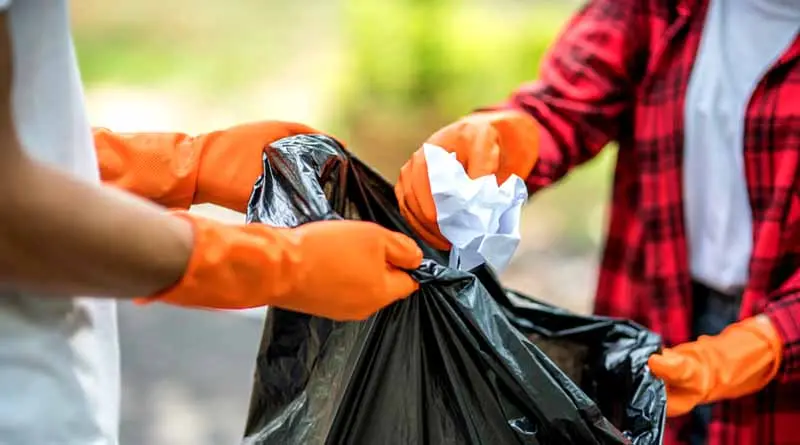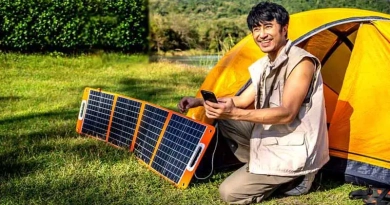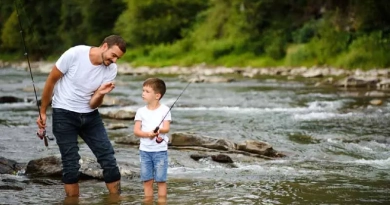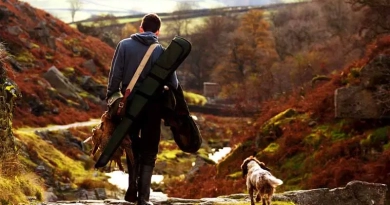
How Do I Keep My Campsite Clean?
As I sat by the dwindling campfire under the starlit sky of the High Sierras, a question echoed in the whispers of the cool evening breeze, “How do I keep my campsite clean?” It’s a question as old as camping itself, yet it bears repeating in an age where our wild places face threats from overuse and carelessness. To camp is to live temporarily in nature’s home, and just like our own homes, it demands upkeep to remain pristine and welcoming.
Maintaining cleanliness at a campsite transcends mere aesthetics; it is an exercise in environmental stewardship that involves intricate planning and a deep respect for nature. The challenge often lies not in the desire to keep these spaces pristine but rather in the knowledge and preparation required to do so effectively. Campers must tackle various environmental challenges, from managing waste to minimizing their footprint, which can be daunting given the diverse ecosystems encountered, from the arid deserts of the Southwest to the lush, damp forests of the Pacific Northwest.
Challenges of Waste Management and Environmental Impact
Waste management in the wilderness presents a significant hurdle. Unlike urban settings, the wilderness lacks the infrastructure for waste disposal—there are no curbside bins or weekly garbage collection services. Everything a camper brings into the natural environment must be left with them. This ‘Pack It In, Pack It Out’ principle is foundational to Leave No Trace camping, ensuring that campsites and nature trails remain unspoiled for future visitors and local wildlife.
Moreover, campers often encounter a patchwork of regulations that vary by location, adding complexity to their efforts. Different parks and campsites may have unique rules about where to camp, how to dispose of waste, or even what type of waste disposal is available. These varying guidelines necessitate a flexible approach to camping hygiene and can sometimes confuse even the most experienced outdoor enthusiasts.
Strategic Solutions for Campsite Cleanliness
Addressing these challenges effectively requires a multi-faceted strategy centered on preparation, respect for the natural environment, and strict adherence to conservation guidelines. Here’s a detailed implementation plan:
- Plan and Prepare: Successful campsite management begins at home. Before embarking on your trip, research the specific regulations and facilities of your destination. Determine if the campsite offers trash disposal options or recycling and plan how you will manage your waste accordingly. This preparation also involves choosing the right supplies that will minimize your environmental impact.
- Pack It In, Pack It Out: Embrace this mantra by ensuring that all trash, leftovers, and other disposables are packed out of the campsite. Use designated trash bags for your waste and ensure they are securely fastened and stored, particularly in areas frequented by wildlife, to avoid attracting animals with leftover food or scented products.
- Minimize Campsite Alterations: Whenever possible, use established campsites and avoid altering the landscape. This means using existing fire rings and avoiding practices like moving rocks or digging trenches. By reducing alterations to the site, you help preserve the natural habitat and maintain the ecological integrity of the area.
- Eco-Friendly Products: Opt for biodegradable and environmentally friendly products for all cleaning needs. This includes soaps, detergents, and even toilet paper. These products break down more easily in the environment, reducing the risk of harming plants and animals.
- Educate Everyone in Your Group: A clean campsite is a collective effort. It’s crucial that every member of your camping party understands and adheres to the principles of Leave No Trace and respects the guidelines set forth by the campsite or park. Education and awareness are key to ensuring that these practices are consistently applied.
By implementing these strategies, campers can effectively manage their environmental impact, contributing to the preservation of natural spaces for the enjoyment of future generations. This approach not only ensures compliance with local regulations but also fosters a deeper connection to the natural world, enhancing the overall camping experience.
Essential Resources and Tools
To implement these solutions, you’ll need several tools and resources:
- Biodegradable Soap: Ensures that your dishwashing and bathing don’t harm the environment.
- Durable Trash Bags: Necessary for packing out garbage.
- Portable Trash Containers: Useful in areas where animals are a concern.
- Recycling Bags: Separate recyclables from waste to minimize environmental impact.
- Compostable Waste Bags: For food scraps that you can’t burn or dispose of properly.
- Water Containers: For transporting and using water without contaminating natural sources.
Reflecting on the Importance of a Clean Campsite
As the fire faded into embers and the first hints of dawn crept over the mountains, I reflected on the simple acts that preserve these wild spaces. Keeping a campsite clean is more than just a task; it’s a testament to our respect for nature and our commitment to future generations of campers. By adopting a mindful approach and implementing effective strategies, we contribute to the health and longevity of our beloved outdoor spaces. In the quiet solitude of a clean campsite, our actions speak loudly of our reverence for the natural world—a world that asks for nothing but our respect in return.






